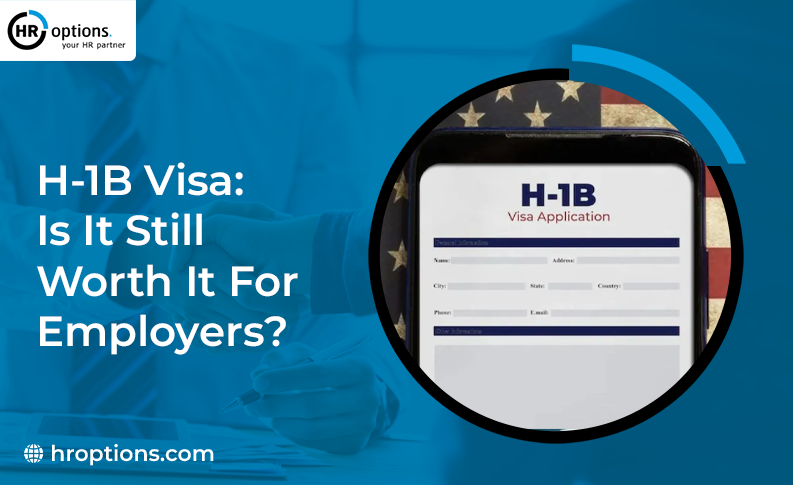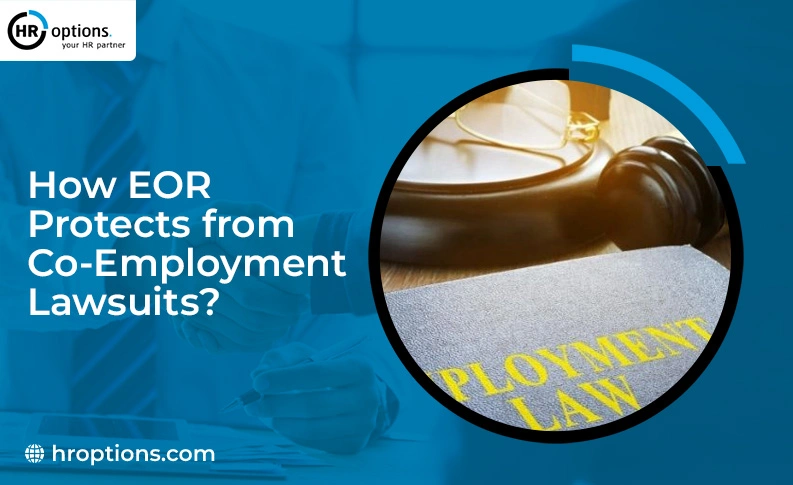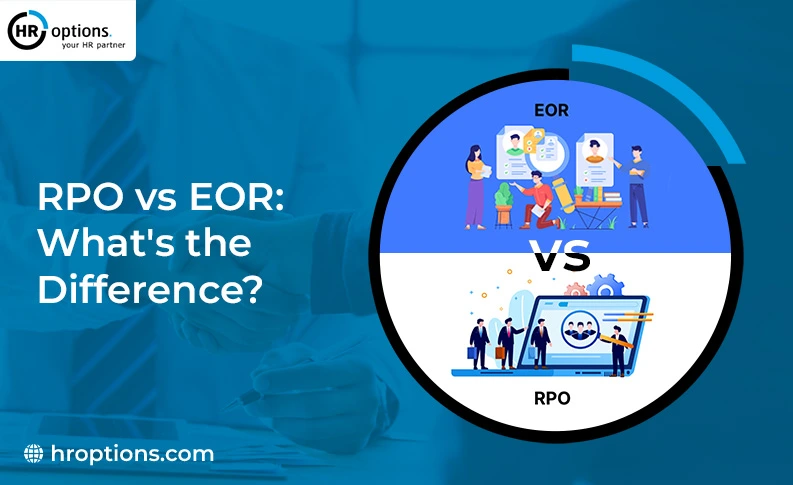Before Your Employee’s Departure
When terminating an employee, many things should be discussed thoroughly to ensure that the whole process runs smoothly for both parties.
TERMINATION IN CANADA: BEFORE YOUR EMPLOYEE’S DEPARTURE
 Nunzio Presta
Nunzio Presta
Senior Sales and Marketing Executive
When terminating an employee, many things should be discussed thoroughly to ensure that the whole process runs smoothly for both parties. Every element of the termination must be clearly explained and agreed upon by both parties.
This article will discuss the documents that should be provided to the employee upon termination and after their last day. We will also talk about employee benefits and how these are affected by the termination.
ESSENTIAL RECORDS FROM A TERMINATION MEETING
When you end an employee’s employment, a termination meeting is essential. This is where you’ll inform them of the termination and provide any necessary information and documents. This will also give your employee an honorable exit.
As the employer, you need to provide the employee with a written termination letter that will stand as the official notice of termination. The termination letter should outline crucial information such as any notice pay due, details regarding when their benefits will end, and how much outstanding vacation accrual they’re going to be paid.
By the time the final payment is processed, employers must give terminated employees a Record of Employment (ROE). This is the document needed for the employee to apply for employment insurance with Service Canada when applicable.

WHAT IS A RELEASE OF CLAIMS?
The release of claims is a document signed by a terminated employee to legally release their employer and their associates from being sued down the road. This document is not mandatory for every termination. Still, it can be useful if you have any concerns that the terminated employee may file a case against you for wrongful or constructive dismissal under employment standards or sue you under human rights legislation.
Employers frequently offer their employees additional compensation on top of their minimum notice pay under employment standards in exchange for signing a release of claims. Employees are not obligated to sign this document but signing it means accepting the settlement package offered to them upon termination.
EMPLOYEE BENEFITS AFTER THE TERMINATION
The benefits that you provide to your employee will end after their minimum notice required under the Employment Standards Act (ESA) of their province or territory. However, depending on your decision or agreement, you may also extend those benefits past the notice date.
In that situation, you would want to make sure that if you’re going to extend any benefits, you confirm it with your benefit insurance carrier ahead of time. And you also want to make the employee aware in their employment agreement (upon hire) that coverage such as Long Term Disability and Life insurance will not continue past the ESA minimum notice because insurance carriers will not honor it past that time.

TERMINATION OF AN EMPLOYEE ON LEAVE
During legislative leaves of absence, you cannot terminate an employee. Some of these absences include maternity leave, parental leave, illness, and more. Every employee who goes on a legislative leave is entitled to be reinstated to the same position when they get back from their break.
Also, they’re entitled not to be discriminated against or have penalties against them for taking the leave. Additionally, you want to make sure that they’re allowed to continue their benefits while on leave.
However, terminating an employee who is on leave is still possible as long as the reason for their termination is not because of the break itself. An example is letting go of someone on sick leave: it is illegal if the reason for termination is their ailment. However, if they are being terminated due to fraud or stealing, the termination can legally proceed.
CONCLUSION
Follow your province’s employment standard to avoid any lawsuits against you and your business. To reiterate, these vary by territory. If your employees work in multiple provinces, it is essential to stay up to date on any employment law changes in each location.
Respect your employee’s rights up to and beyond their last day of employment. This will reflect well on you as the employer, even if you have ended the employment relationship due to unavoidable circumstances.
GET EVERY NEW COVID-19 BEST PRACTICE RESOURCE
Receive exclusive access to our library of COVID-19 resources.
RELATED ARTICLES
THE SPECIFICS TO CANADA’S EMPLOYMENT STANDARDS ACT
CANADIAN EMPLOYMENT LAW FOR AMERICAN EMPLOYERS
EMPLOYEE HIRING PROCESS: THE CANADIAN WAY
OTHER ARTICLES
WORKPLACE TRENDS #4: SOCIAL MEDIA – ENGAGE AND EXCHANGE
The Duties And Goals Of An HR Department
Co-Employment and the Risks It Comes With
LET'S CHAT ABOUT YOUR HR OPTIONS
Chat below or call (800) 777-8944 for an immediate response.








